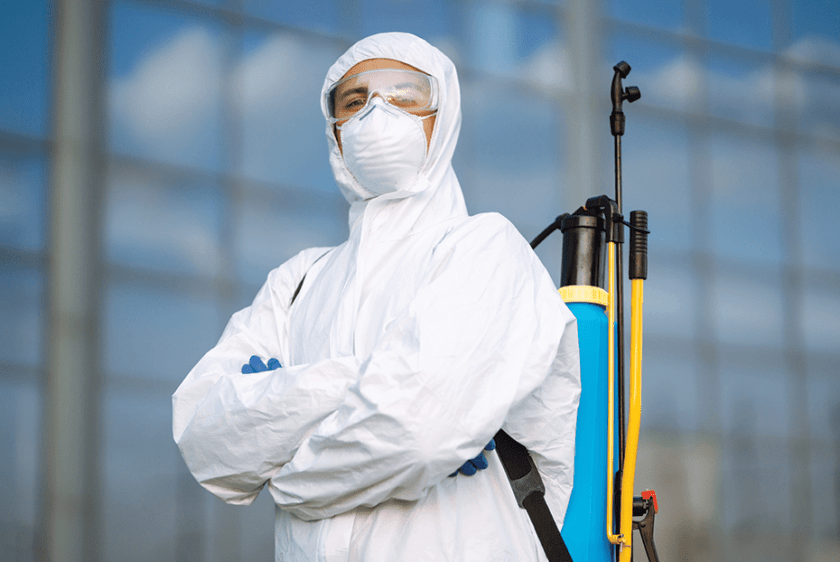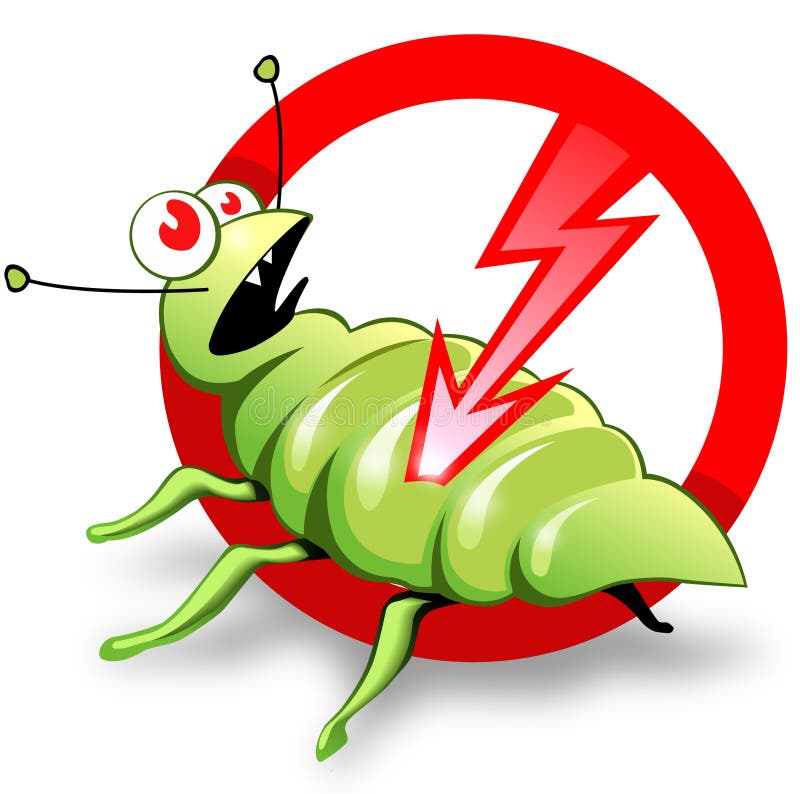Exploring Infestation and Treatment Strategies on the planet of Bug Control
The landscape of insect control encompasses a myriad of obstacles, especially as infestations of common household pests proceed to develop. By integrating preventative procedures with advanced administration techniques, such as Integrated Insect Monitoring (IPM), property owners can much better protect their atmospheres.

Typical Household Vermin
When it concerns managing our space, recognizing typical household parasites is crucial. These parasites not just disrupt our convenience yet can additionally present health risks and damage residential or commercial property. One of the most prevalent house insects consist of ants, roaches, rodents, termites, and bed insects.
Ants, commonly seen foraging in kitchens, can pollute food and develop huge nests. Roaches, known for their resilience, can trigger allergies and spread pathogens. Rats, consisting of computer mice and rats, can cause structural damages and lug illness like hantavirus and salmonella. Termites, frequently described as "quiet destroyers," can compromise the stability of wooden structures, causing expensive repairs. Bed insects, although not illness carriers, can create significant discomfort via their attacks and cause psychological distress.
Acknowledging the indicators of these parasites, such as droppings, nests, or attack marks, is vital for very early treatment (Pest Control Lockhart). Correct cleanliness techniques, sealing access points, and keeping a clutter-free environment work preventative measures. By recognizing these common home pests and recognizing their habits, house owners can take positive actions to alleviate infestations, making certain a healthier living setting
Comprehending Pest Infestations
Bug problems can rise promptly, turning a minor inconvenience into a substantial trouble otherwise resolved quickly. Recognizing the nature of these invasions is essential for efficient monitoring. Insects can invade residential and commercial rooms for different factors, consisting of the search for food, sanctuary, or breeding premises. Usual aspects adding to infestations consist of inadequate sanitation, architectural vulnerabilities, and seasonal changes that drive parasites indoors.
Identifying the type of pest is important, as different types exhibit diverse habits and reproductive rates. Rodents might establish nests in concealed locations while bugs like roaches prosper in moist environments. Early detection typically rests on identifying signs such as droppings, nibble marks, or uncommon audios, which can indicate a problem prior to it ends up being extreme.
Cozy, humid environments can facilitate the quick development of bug populaces, while modifications in landscaping or building and construction can unintentionally create helpful atmospheres. An informed technique to understanding these dynamics lays the foundation for efficient pest administration strategies in the future.
Treatment Techniques and Techniques
Efficient therapy techniques and techniques are essential for reducing pest problems and restoring a risk-free atmosphere. A diverse approach is typically best, incorporating chemical, biological, and mechanical techniques tailored to the particular insect and the seriousness of the invasion.
Chemical treatments include making use of pesticides and herbicides, which can successfully get rid of pests. However, correct application and adherence to security guidelines are important to reduce risks to people and non-target microorganisms. Integrated Bug Administration (IPM) urges the judicious use chemicals as a last hope, counting rather on tracking and limit levels to identify intervention demands.
Organic control approaches include presenting all-natural predators or bloodsuckers to minimize pest populaces. This approach is progressively preferred, particularly in agricultural settings, as it advertises ecological sustainability.
Mechanical approaches, such as traps and obstacles, give immediate relief from insects without presenting chemicals. Options consist of sticky traps for pests or physical obstacles for rodents.
Inevitably, the selection of right here treatment method must take into consideration the particular bug, the atmosphere, and potential influence on human health and wellness and communities. A balanced mix of these approaches can successfully handle infestations while promoting long-term parasite control services.
Precautionary Measures for House
Proactively attending to pest problems before they intensify is vital for maintaining a healthy and balanced home environment (Pest Control Lockhart). Implementing reliable preventive steps can significantly reduce the chance of problems, eventually securing both your building and wellness

Proper landscaping additionally plays a crucial function in avoidance. Keeping hedges and trees trimmed away from your house decreases the opportunities of pests discovering their way indoors. Guarantee that water drainage systems are working efficiently to protect against standing water, which can attract in mosquitoes and other bugs.
Finally, routine examinations are recommended. Consistently examining for signs of insect task permits very blog early treatment. By adopting these precautionary actions, homeowners can create an environment that is less congenial to insects, thereby boosting their general lifestyle and decreasing the need for substantial insect control interventions.
Commercial Insect Control Strategies
A thorough approach to commercial insect control is necessary for services aiming to keep a risk-free and sanitary setting. Efficient strategies include a combination of regular examinations, staff member training, and the application of Integrated Pest Management (IPM) methods.
Routine examinations make it possible for very early detection of parasite task, allowing for timely intervention. Companies should develop a regular schedule for these evaluations, focusing on risky areas such as kitchens, storeroom, and waste disposal websites. Staff member training is equally vital; team ought to be informed on the indicators of pest problems and the relevance of reporting them right away.
Carrying out IPM practices helps mitigate bug problems sustainably. This consists of habitat alteration, such as securing entrance points and minimizing mess, in addition to utilizing all-natural deterrents before considering chemical therapies.

Moreover, teaming up with a licensed parasite control service provider guarantees access to expert knowledge and sophisticated therapy alternatives. This collaboration can lead to personalized parasite control plans customized to the particular requirements of the organization, lessening risks and boosting total efficacy. Inevitably, more info here a proactive and educated approach fosters a pest-free setting, protecting both public wellness and company online reputation.
Final Thought
In final thought, reliable pest control necessitates a comprehensive understanding of common family bugs and their actions, combined with targeted treatment approaches. Executing preventative actions alongside therapy approaches such as Integrated Insect Monitoring and organic control boosts the ability to alleviate problems.